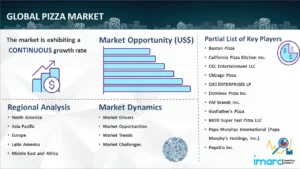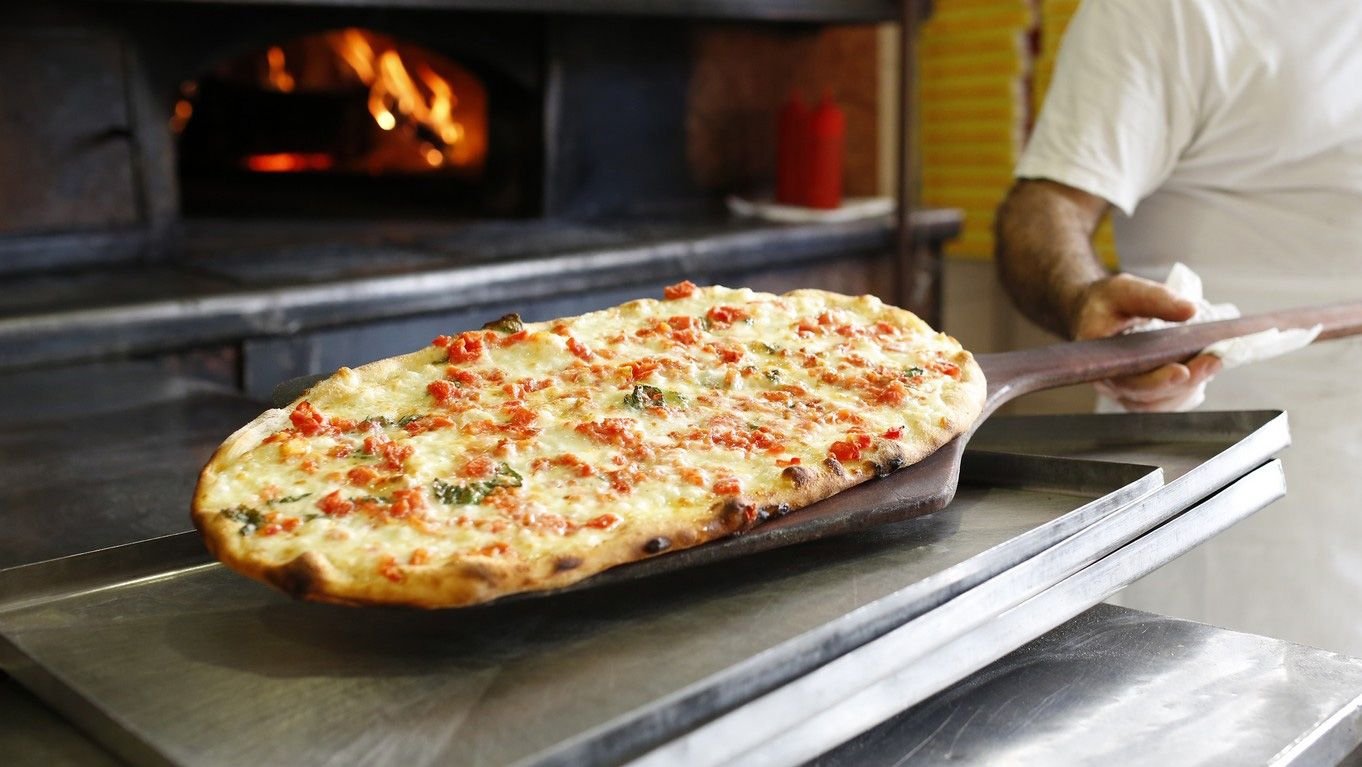Pizza, a universally adored dish, continues to evolve with changing market trends and consumer behaviors. From traditional pizzerias to innovative delivery services and health-conscious alternatives, the pizza industry adapts to meet the demands of diverse consumer preferences. This article explores the current market trends and consumer behaviors influencing pizza consumption, highlighting the factors driving growth and transformation in this dynamic sector.

Increasing Demand for Convenience
Rise of Delivery and Takeout Services
The demand for convenience has significantly shaped the pizza industry. With busy lifestyles and the rise of remote work, consumers increasingly prefer delivery and takeout options. Major pizza chains and local pizzerias have expanded their delivery capabilities, leveraging technology to offer seamless online ordering and delivery tracking. Third-party delivery services like Uber Eats, DoorDash, and Grubhub have further fueled this trend, making it easier for consumers to enjoy their favorite pizzas without leaving home.
Frozen and Ready-to-Eat Pizzas
Frozen and ready-to-eat pizzas have also gained popularity as convenient meal options. Supermarkets now offer a wide range of frozen pizzas, from traditional flavors to gourmet and health-focused varieties. Advances in freezing technology have improved the quality and taste of frozen pizzas, making them a viable alternative to freshly made options.
Health and Wellness Trends
Gluten-Free and Alternative Crusts
Health-conscious consumers are driving the demand for gluten-free and alternative crusts. Gluten-free pizzas cater to those with celiac disease or gluten sensitivities, while alternative crusts made from cauliflower, chickpeas, or whole grains appeal to those seeking low-carb or nutrient-dense options. These innovations offer healthier choices without compromising flavor or texture, broadening the appeal of pizza to a wider audience.
Plant-Based and Vegan Options
The rise of plant-based diets has led to a surge in vegan pizza options. Plant-based cheeses, meat substitutes like Beyond Meat and Impossible Foods, and an abundance of vegetable toppings are now common in many pizzerias. These options cater not only to vegans and vegetarians but also to flexitarians—consumers who are reducing their meat intake for health or environmental reasons.
Gourmet and Artisanal Pizzas
High-Quality Ingredients
Consumers are increasingly seeking high-quality, artisanal pizzas made with premium ingredients. This trend includes the use of organic produce, locally sourced meats, and imported cheeses. Artisanal pizzas often feature unique and sophisticated flavor combinations, appealing to foodies and those looking for a gourmet dining experience.
Craft and Specialty Pizzerias
Craft and specialty pizzerias have emerged to meet the demand for high-quality, artisanal pizzas. These establishments often emphasize their use of traditional techniques, such as wood-fired ovens and handmade dough, to create authentic and distinctive pizzas. The focus on craftsmanship and quality ingredients distinguishes these pizzerias from mainstream pizza chains, attracting a niche market of discerning consumers.
Technological Innovations
Online Ordering and Mobile Apps
Technological advancements have revolutionized how consumers order pizza. Online ordering systems and mobile apps provide a convenient and user-friendly way for customers to customize their orders, track deliveries, and access exclusive deals. Loyalty programs integrated into these platforms incentivize repeat business, enhancing customer engagement and satisfaction.
Automated and Robotic Solutions
Innovation in automation and robotics is beginning to impact the pizza industry. Automated pizza-making machines and robotic delivery services are being tested and implemented to streamline operations and reduce labor costs. These technologies promise to enhance efficiency and consistency in pizza production and delivery, potentially transforming the industry landscape.
Sustainable Practices
Environmentally Friendly Packaging
Sustainability is a growing concern among consumers, prompting pizzerias to adopt environmentally friendly practices. This includes using recyclable or compostable packaging materials to reduce waste. Some pizzerias are also exploring innovative packaging solutions that keep pizzas hot and fresh while minimizing environmental impact.
Sourcing Local and Organic Ingredients
Many consumers now prioritize sustainability in their food choices, leading pizzerias to source local and organic ingredients. Supporting local farmers and producers not only reduces the carbon footprint associated with food transportation but also ensures fresher and higher-quality ingredients. This trend aligns with the broader movement toward farm-to-table dining experiences.
Globalization and Cultural Fusion
International Flavors and Fusion Pizzas
Globalization has introduced diverse flavors and culinary influences to the pizza industry. Fusion pizzas that incorporate ingredients and cooking styles from different cuisines are becoming increasingly popular. Examples include Mexican-inspired pizzas with toppings like chorizo and jalapeños, or Asian-inspired pizzas featuring ingredients like teriyaki chicken and sesame seeds. These creative combinations appeal to adventurous eaters and reflect the blending of global cultures.
Expansion of Global Pizza Chains
Major pizza chains continue to expand their presence worldwide, adapting their menus to local tastes and preferences. This globalization of pizza has made it a staple in many countries, each adding its unique twist to the traditional dish. Local adaptations ensure that pizza remains relevant and appealing to diverse consumer bases across different regions.
Conclusion
In conclusion, the pizza industry is experiencing significant growth and transformation driven by evolving market trends and consumer behaviors. The increasing demand for convenience, health-conscious options, gourmet experiences, technological innovations, sustainable practices, and cultural fusion are shaping the future of pizza consumption. As pizzerias and related sectors continue to innovate and adapt, the beloved pizza remains a versatile and dynamic part of the global culinary landscape, catering to a wide range of tastes and preferences. Whether through traditional methods or modern advancements, the pizza industry will continue to thrive, reflecting the ever-changing needs and desires of its consumers.











